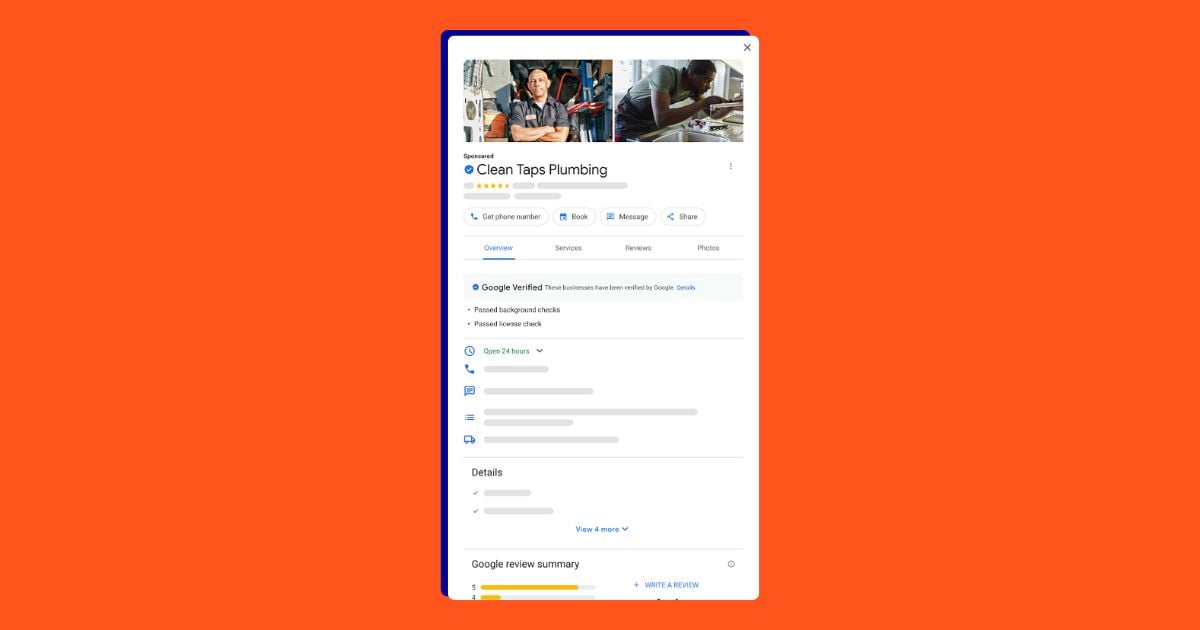Growing your business through online advertising has never been easier. That said, there’s a lot of information to get your head around, and for newcomers to online advertising, it can be a little intimidating to say the least.
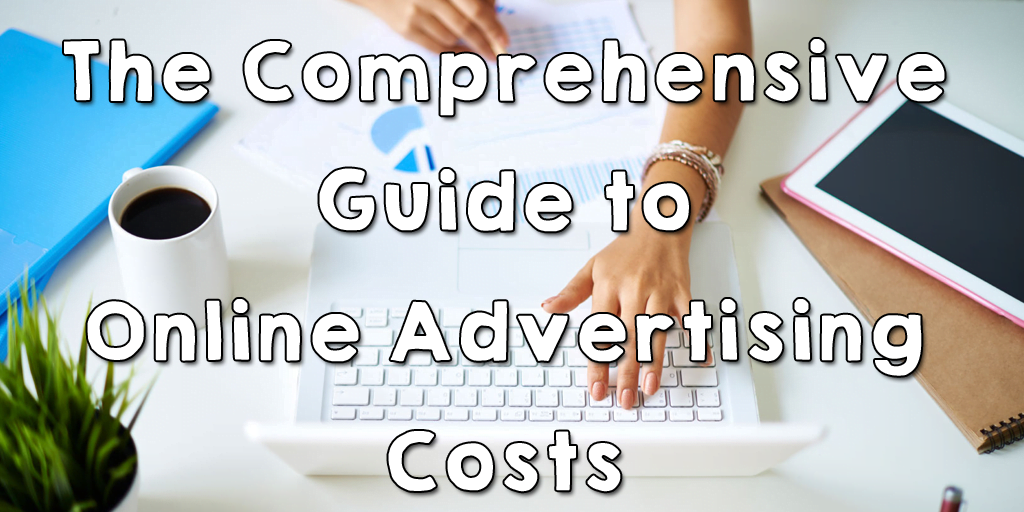
Every online advertising platform has its own strengths and weaknesses, and there are dozens of ad formats, campaign types, and performance metrics for advertisers to consider. Underneath it all, however, is always the same burning question:
“How much is this going to cost me?”
Today we’ll be taking an in-depth look at advertising costs on three of the largest online advertising platforms – Google AdWords, Facebook Ads, and Instagram.
We’ll examine the relative costs of advertising on Google, Facebook, and Instagram, as well as the strengths and weaknesses of each online ad platform. Finally, we’ll investigate how each platform measures up in terms of performance, and there will be plenty of real-world data and research throughout.
Here’s a quick summary of our guide to online advertising costs:
- The average cost of an advertisement on Google Ads (AdWords) is $2.32 per click on the search network. The average cost per click of an ad on the Display Network is under $0.58.
- The average cost per action (CPA) in a Google advertising search campaign is $59.18.
- The most expensive keywords in Google advertising and Bing Ads cost $50 or more per click. These are generally highly competitive keywords in industries that have high customer lifetime values, like law and insurance.
- The average small business using Google advertising spends between $9,000 and $10,000 per month on their online advertising campaigns. That’s $100,000 to $120,000 per year.
- The average cost per click of an online Facebook ad is $1.72. The average cost per action on Facebook Ads is $18.68.
- The typical CPM on Facebook Ads is around $10.
- The typical CPM for an Instagram ad is closer to $5, but Instagram ad costs are rising as the platforms gains in popularity.
Now let’s dig in, in a little more detail!
Online Advertising Costs: How Much Do Google Ads Cost?
The granddaddy of internet advertising, Google Ads isn’t just the world’s largest online ad platform – it’s an integral part of the Internet itself.
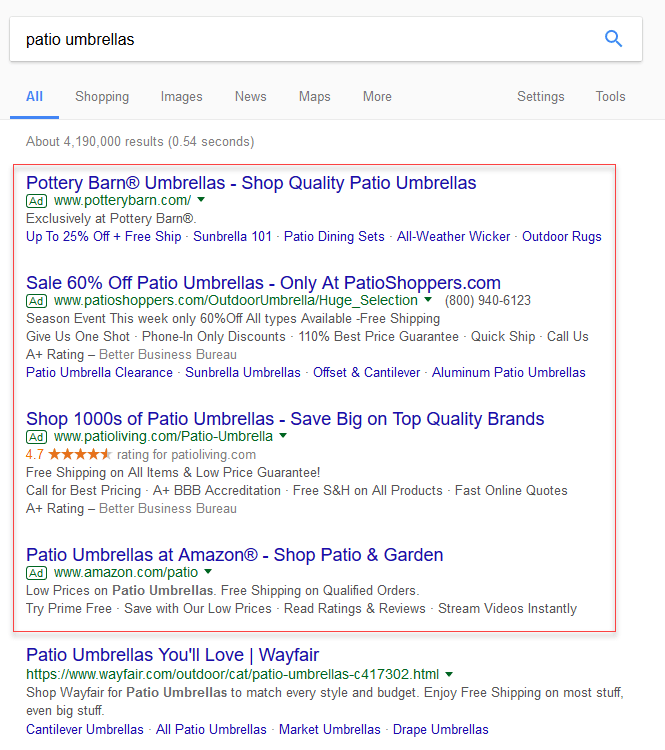
A typical Google search engine results page (SERP) featuring PPC ads.
You’ve probably heard the joke that Google is an advertising business that happens to own a search engine, but this isn’t actually far from the truth. Google gets the lion’s share of its billions of dollars of annual revenue from its online advertising, which in turn has enabled the company to stay on the bleeding edge of search technology.
How Does Google Ads’ Pricing Model Work?
Before we can answer this, we need to specify which part of Google’s sprawling empire we’re talking about – the search network, or the display network.
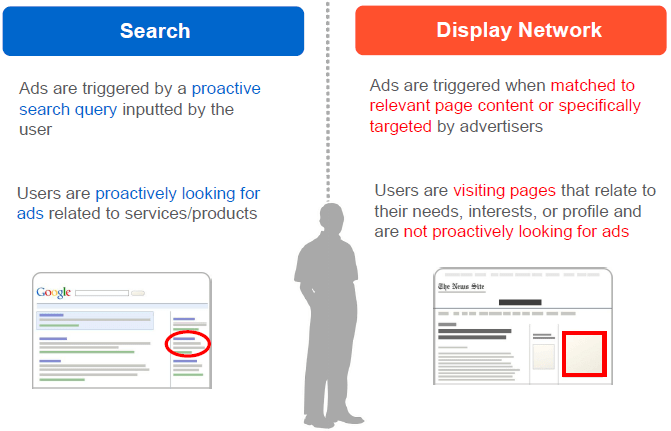
Google’s search network is where pay-per-click (PPC) ads appear, above and below the organic search results for a user’s search query. Because Google serves online ads that are highly relevant to the search query, businesses that use Google advertising are able to drive highly qualified traffic to their site and landing pages. Instead of showing your ads to huge audiences that may or may not be in market for your products (like you do when you buy billboard space), you can target your ads at people who are searching specifically for the kinds of products or services you offer.
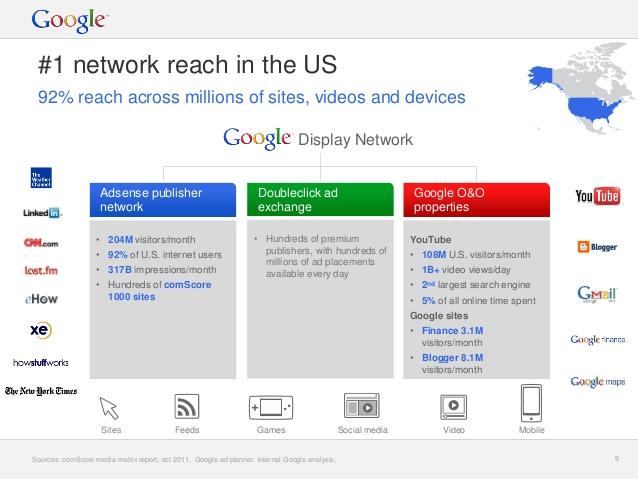
The CTRs may not be great, but Google’s Display Network offers advertisers unparalleled reach.
Google’s display network is where display ads appear. The Display network spans the vast majority of the indexable web. Although advertisers can include rich media content in many display ad formats (such as animation and video), most display ads tend to be banner ads.
Are you wasting any spend in Google Ads?
Find out instantly with the Free Google Ads Performance Grader.
Google Ads PPC Ad Costs
As its name implies, PPC ads are priced on a cost-per-click (CPC) basis, meaning the advertiser is charged a small amount every time somebody clicks on an ad.
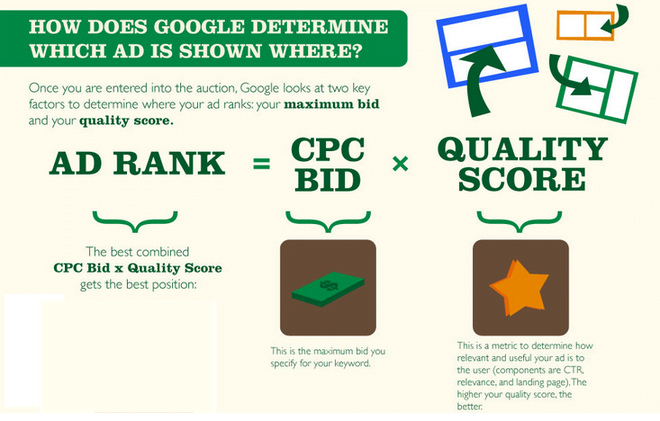
Your cost per click is calculated on the fly every time your ad appears according to a process known as the ad auction. The ad auction is Google’s way of deciding which ads to display when someone performs a keyword search, what order to rank the ads in, and how much each online advertiser pays per click.
You can learn more about it in this guide to the ad auction.
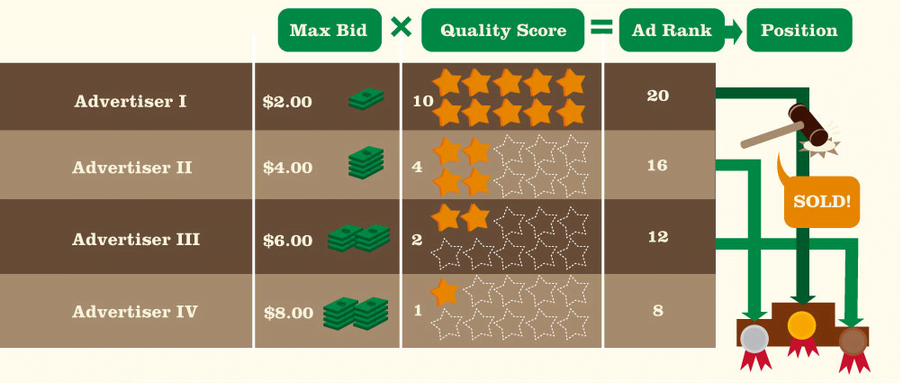
Your ad position and your cost per click are determined in part by the competitive landscape and in part by your own maximum bid (the max amount you’re willing to pay for each click) and Quality Score (a measure from 1 to 10 of how good your ads are). A higher Quality Score will raise your ad rank while lowering your CPC.
There are many other factors that will affect your CPC and other Google Ads costs. For example, CPCs can vary widely from one geographic location to another (even for closely related keywords and search terms), and from one industry to another.
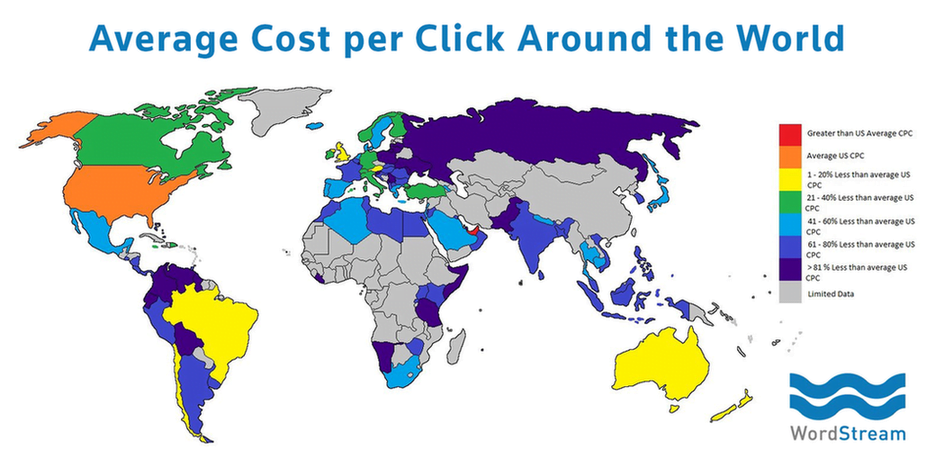
CPCs for financial keywords, for instance, are often significantly higher than those in other verticals (we’ll get to more on this shortly).
Google Ads Display Ad Costs
Display ads on the Google Display Network (and other networks in general) often have significantly lower click-through rates (CTRs) than PPC ads. In fact, according to Solve Media, you’re more than 475 times more likely to survive a plane crash than you are to click on a banner ad – a sobering statistic indeed.
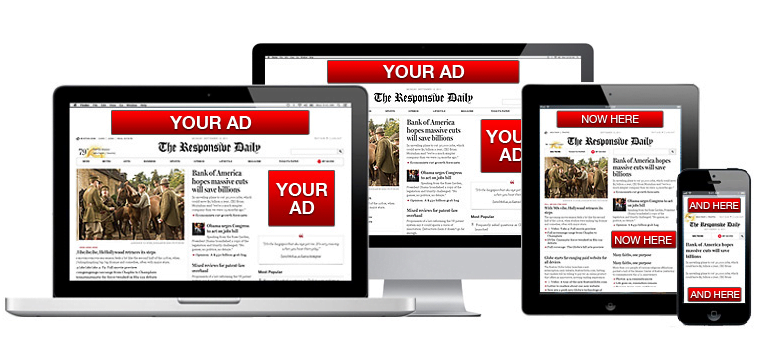
However, the CTR of your online display ads will increase significantly when paired with smart targeting options such as remarketing and life-event targeting. As with search ads, displays ads drive more ROI when you can achieve a higher click-through rate.
When advertising on Google’s display network, you have three pricing options:
- Cost-per-click (CPC) Pricing – Pay only when someone clicks on your ad; best-suited to online ad campaigns where your goal is to drive traffic to your website.
- Cost-per-thousand impressions (CPM) Pricing – Pay for ad views (bidding for one thousand views); best-suited to brand awareness campaigns where you want your ad to be seen as often as possible by your target audience.
- Cost-per-acquisition (CPA) Pricing – Set a target CPA and pay when your ad leads to a conversion; use this option if your end goal is sales or other online transactions.
Now that we’ve broken down the main differences between these two ad types and their typical pricing models, let’s dive into all that juicy data.
The Average Cost of an Google Ads by Industry
Online ad costs vary widely not only platform, but depending on the industry of the advertiser. With this in mind, let’s take a look at the average cost of a Google Ads ad across 20 industries:
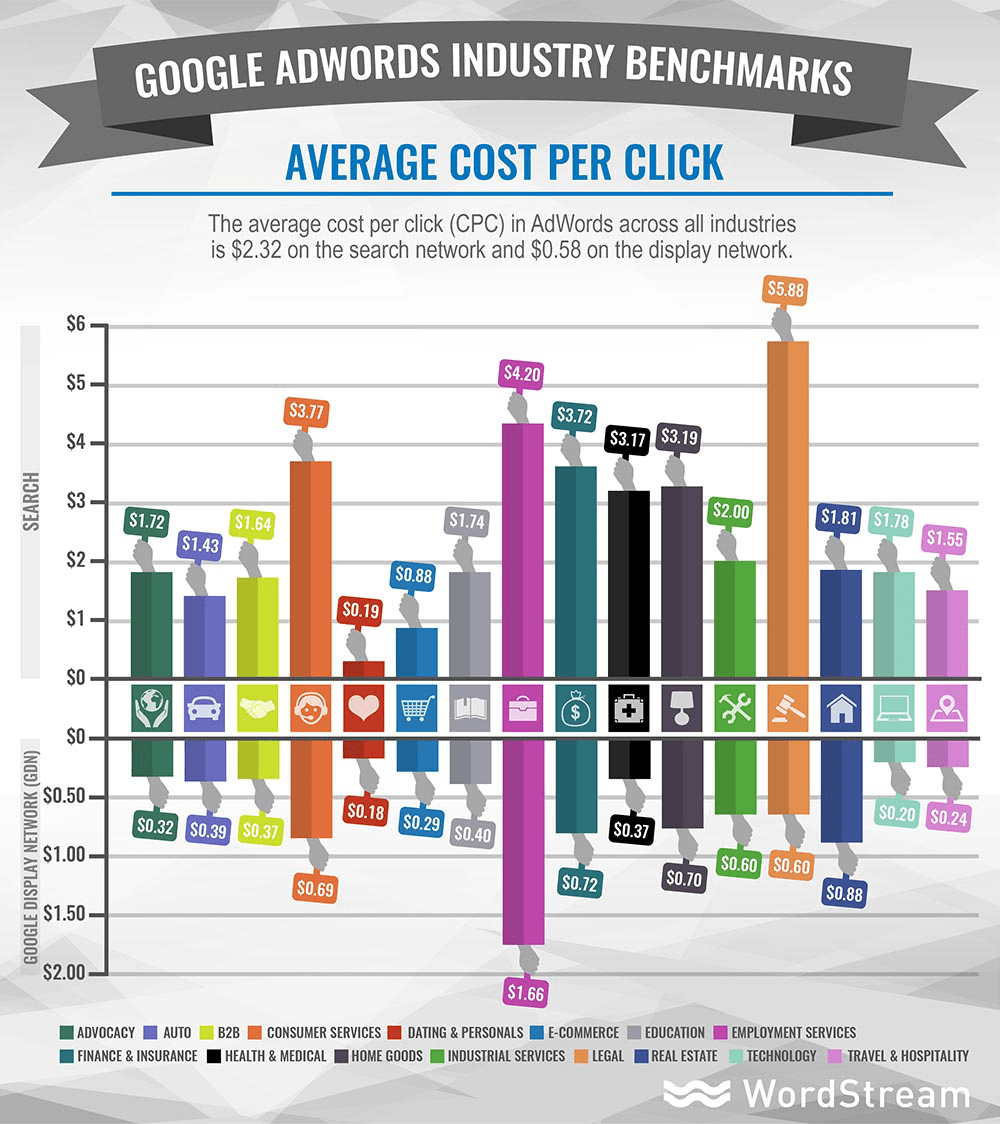
The average CPC in Google Ads across all industries is $2.32 on the search network and $0.58 on the Google Display Network.
| Industry | Average CPC (Search) | Average CPC (GDN) |
|---|---|---|
| Advocacy | $1.72 | $0.32 |
| Auto | $1.43 | $0.39 |
| B2B | $1.64 | $0.37 |
| Consumer Services | $3.77 | $0.69 |
| Dating & Personals | $0.19 | $0.18 |
| E-Commerce | $0.88 | $0.29 |
| Education | $1.74 | $0.40 |
| Employment Services | $4.20 | $1.66 |
| Finance & Insurance | $3.72 | $0.72 |
| Health & Medical | $3.17 | $0.37 |
| Home Goods | $3.19 | $0.70 |
| Industrial Services | $2.00 | $0.60 |
| Legal | $5.88 | $ 0.60 |
| Real Estate | $1.81 | $0.88 |
| Technology | $1.78 | $0.20 |
| Travel & Hospitality | $1.55 | $0.24 |
As you can see, some of the most expensive keywords on the Google search network are in the Legal industry, with an average CPC of $5.88. This isn’t terribly surprising, given how expensive legal services can be and the often large sums of money at stake in high-profile lawsuits. In other common industries, average cost per click for an ad varies from as low as 19 cents to $3 to $4 per click. Generally, the most expensive the product or service for sale, the more expensive the ads.
That’s why the most expensive keywords in AdWords are in niches like business services and asset management.
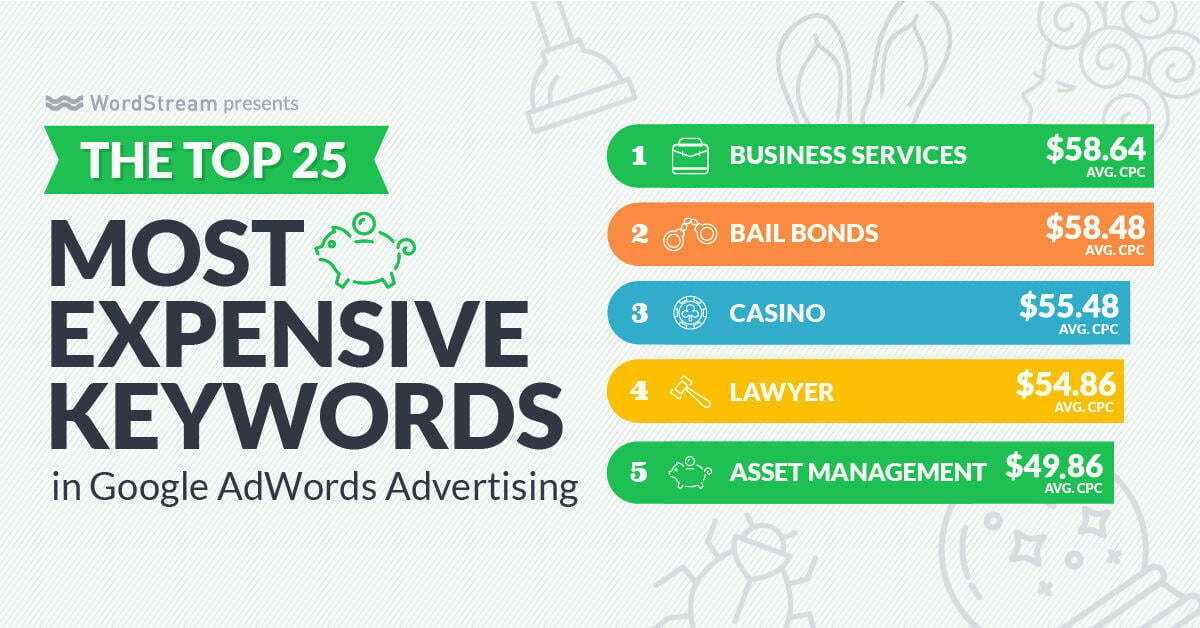
To put this data in context, the average monthly PPC spend of a WordStream customer is $9,813. But note that larger businesses often spend much more, adding up to millions in online advertising costs per year.
How Can I Control My Google Ads Advertising Costs?
There are several ways that businesses can manage and control how much they spend on AdWords advertising.
You can lower your cost per click across your campaigns by raising your Quality Scores. Quality Score is largely a result of achieving a higher than expected click-through rate, so increase your click-through rates by writing highly relevant ads that hit searchers on an emotional level so they can’t help but click.
For tips on writing super-high-CTR ads, check out our study of what factors go into the best-performing ads in Google Ads.
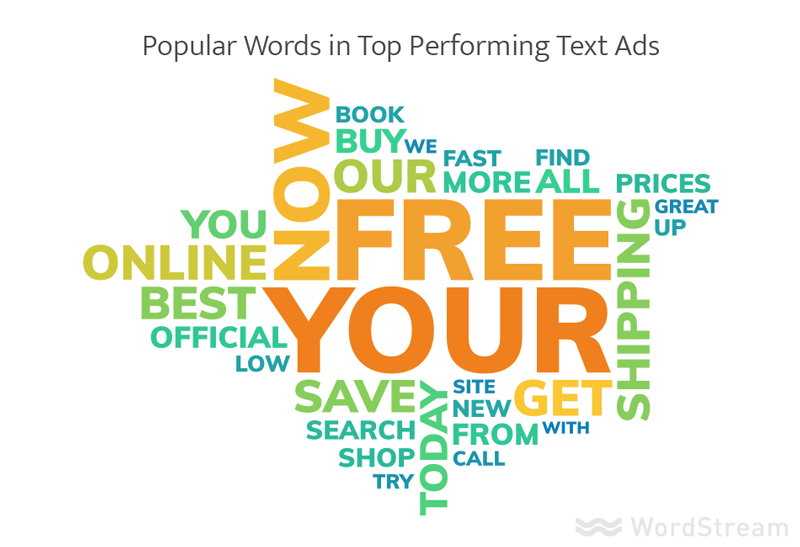
There are a few other techniques you can use to reduce your online ad costs.
The first is a technique known as dayparting or ad scheduling. This allows you to specify windows of time throughout the day when your ads can be shown. For example, a brick-and-mortar retail business may want to maximize foot traffic to its physical locations, and using dayparting enables advertisers to restrict ads to hours or days when the store is open.
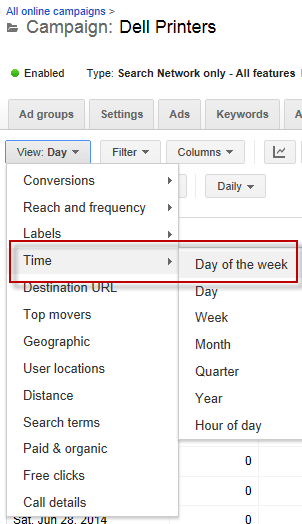
Adjusting dayparting settings in Google Ads.
Aside from offering greater control over when ads are displayed, dayparting can be used to reduce costs, even during “suboptimal” windows. If you look at the figure below, you’ll see that the average cost-per-action (CPA) can fluctuate widely depending on the time of day. This offers canny advertisers an opportunity to reduce costs if ad budgets are being stretched thin.
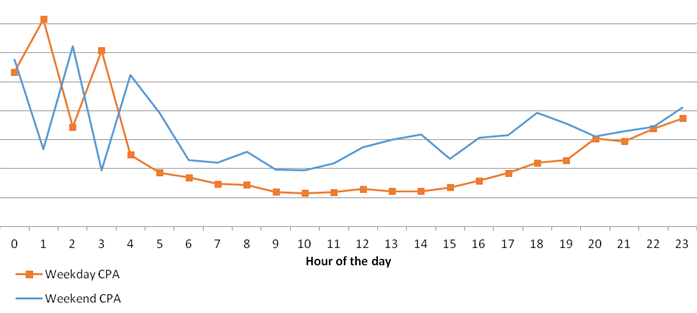
CPA by time of day, across both weekday and weekend searches. Notice how weekend CPAs tend to be significantly higher than weekday CPAs.
Another way to control your Google Ads budget is through geotargeting.
To continue our real-world retail business example from above, the same business hoping to attract foot traffic to a physical store probably isn’t going to see much return on ads being shown to users that live outside that business’ service area.
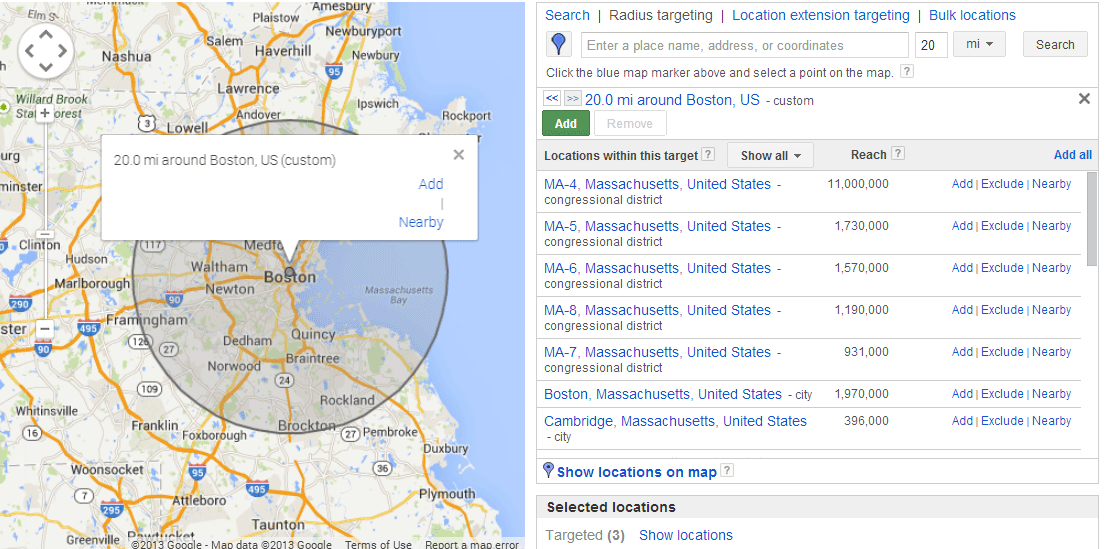
Geotargeting options in effect in Google Ads. This example shows a physical radius of 20 miles around Boston.
This is what makes geotargeting so powerful; it allows advertisers to target the locations that are likely to have the greatest impact. Combined with dayparting, this affords advertisers much greater control over where and when their ads can be displayed.
Yet another method you can use to keep your advertising budget under control in AdWords is device targeting. Again, using our physical store as an example, device targeting allows advertisers to – you guessed it – target specific devices with their ads and bid higher for searches performed on mobile devices.
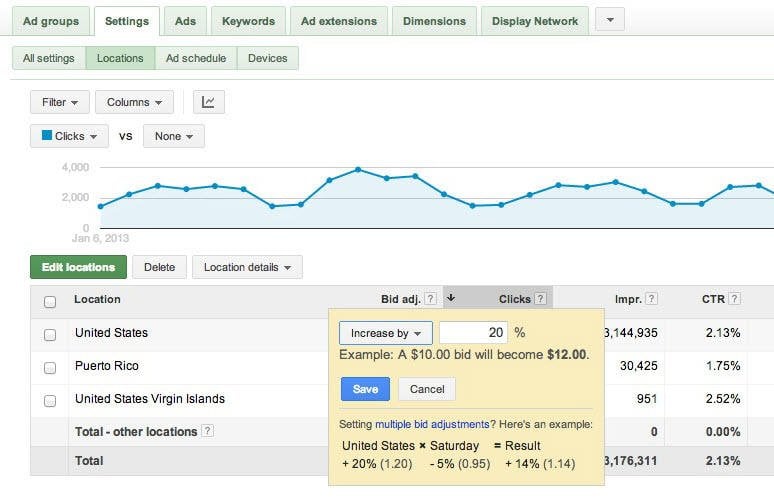
In the figure above, Enhanced Campaign bid adjustments are used to modify bids based on Locations. Advertisers can use bid adjustments in the Devices tab.
This means that advertisers can bid on higher-cost keywords, such as highly lucrative “near me” searches, as these keywords often have much stronger commercial intent and signify much greater likelihood of that searcher following through on their search by visiting a nearby store – in our example, the store advertising on AdWords.
Google Ads: Cost vs. Performance
Although certain keywords cost more than others, Google Ads offers an excellent return on investment for advertisers of all sizes. The average costs you can expect to pay will vary depending on your budget and industry, but contrary to popular misconception, paid search marketing isn’t just for huge brands with deep pockets – even small mom-and-pops can grow their business cost-effectively with AdWords.
While Google Ads tend to be costlier than online ads on Bing or Facebook, search intent is hard to beat, and these ads are extremely effective for capturing sales right when people are ready to buy, which makes them worth a little extra cost.
Online Advertising Costs: How Much Do Facebook Ads Cost?
Next up in our analysis of online advertising costs is Facebook Ads.
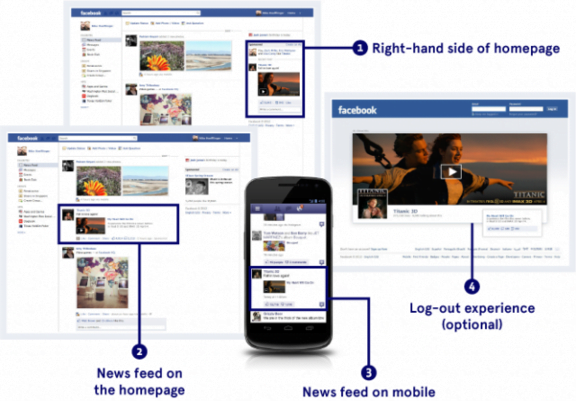
As the world’s largest and most widely used social network, Facebook is a true juggernaut in the online advertising world. It’s not at all uncommon for a single business to operate multiple online advertising campaigns across both PPC and paid social, and Facebook Ads are an excellent way to diversify your digital strategy and drive leads and sales.
How Does Facebook Ads’ Pricing Model Work?
Essentially, Facebook Ads’ pricing model works similarly to advertising on Google. Advertisers can set a daily budget for their campaign (regardless of what their campaign objectives are), and when that daily budget is depleted, ads are paused until the next day.
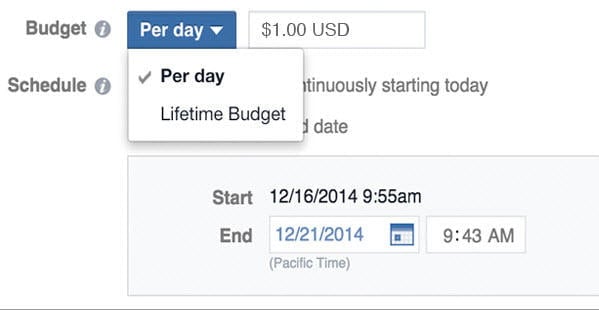
Advertisers can also set bids to control how their ad budget is allocated. In addition to specifying the maximum daily budget they’re comfortable spending, advertisers can also set maximum bids for their campaigns. Just like with Google, the Facebook ads auction allows advertisers to control how much they spend on certain actions (such as a user downloading a piece of content or signing up for a newsletter) in concert with their daily budgets. This gives advertisers a great deal of control over how and when their ad budget is used.
While Facebook’s pricing model for its online advertising inventory offers advertisers the control they need to run effective campaigns even on modest ad budgets, it’s still a little confusing to newcomers – especially if they’re coming from the comparatively more straightforward world of PPC and CPM models. Let’s take a look at it in a little more depth.
Facebook Ads Costs
Although Facebook Ads offers advertisers a lot of flexibility in terms of campaign objectives, the costs can still be broken down into real CPCs. Take a look at this data:

As you can see, Facebook CPCs are low across the board, even in the more expensive industries. With an average CPC of just $1.72, Facebook Ads represent an excellent ROI for advertisers, particularly smaller companies with limited budgets. Advertisers in the apparel, retail, and travel and hospitality verticals are particularly well-positioned to take advantage of Facebook’s low CPCs.
In addition, the average cost-per-action (CPA) on Facebook is significantly lower than on AdWords:
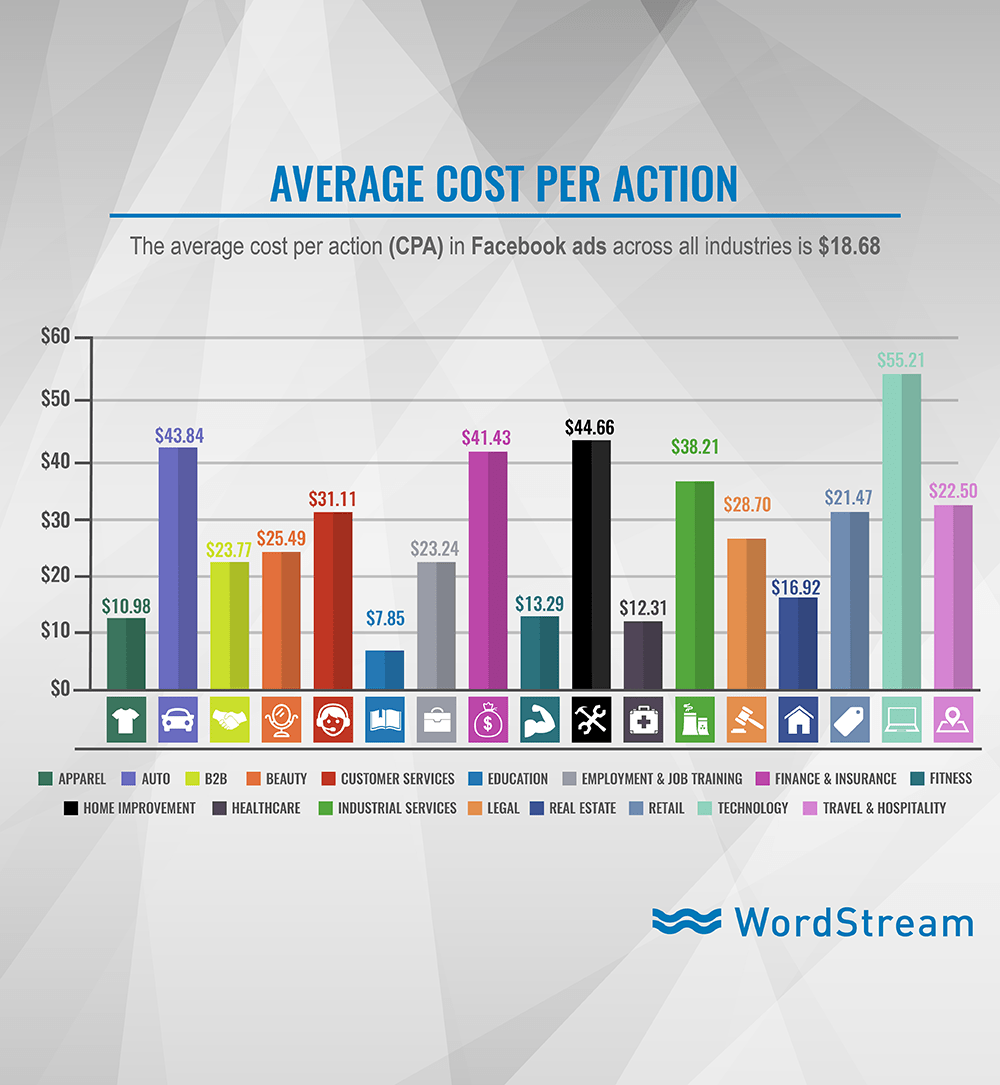
Average Cost Per Action (CPA) for Facebook Ads by Industry
| Industry | Average CPA |
|---|---|
| Apparel | $10.98 |
| Auto | $43.84 |
| B2B | $23.77 |
| Beauty | $25.49 |
| Consumer Services | $31.11 |
| Education | $7.85 |
| Employment & Job Training | $23.24 |
| Finance & Insurance | $41.43 |
| Fitness | $13.29 |
| Home Improvement | $44.66 |
| Healthcare | $12.31 |
| Industrial Services | $38.21 |
| Legal | $28.70 |
| Real Estate | $16.92 |
| Retail | $21.47 |
| Technology | $55.21 |
| Travel & Hospitality | $22.50 |
How Can I Lower My Facebook Ads Costs?
Fortunately, Facebook makes it easy to manage and control how much you’re spending on Facebook Ads.
The easiest and most straightforward way to control your budget in Facebook Ads is to set your maximum daily or lifetime budgets to an amount you’re comfortable with. As it implies, setting a maximum daily budget means that once your daily maximum has been met – regardless of your campaign type or objectives – your ads will be paused until the next day.
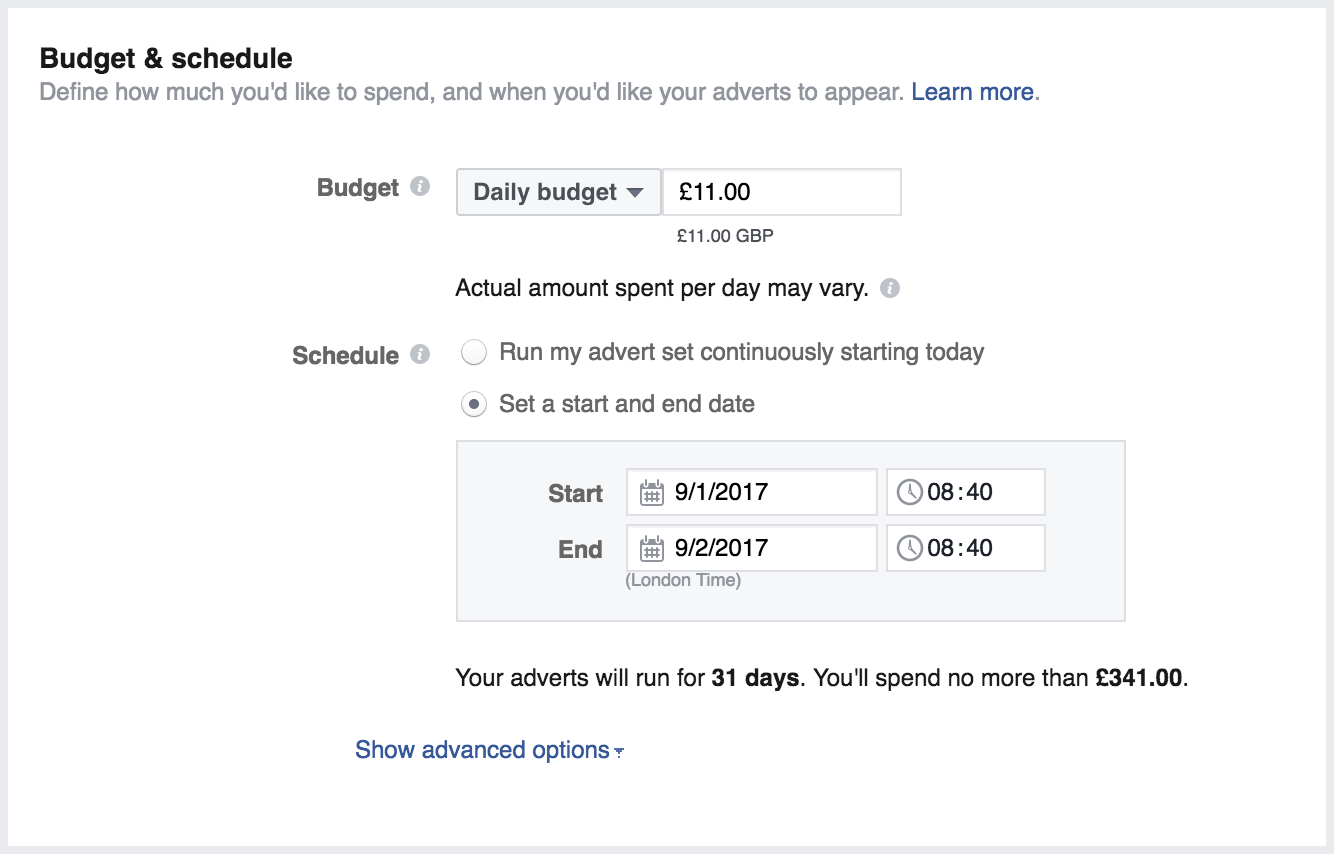
Facebook makes it easy to manage your budget without getting stuck in the weeds.
Lifetime budgets function similarly to daily budgets, but instead of being limited to a given day, the lifetime budget refers to the lifecycle of the entire campaign. Let’s say you set a daily budget of $50 in your campaign settings. You can either specify that the campaign should run for six days, or you could set a lifetime budget of $300 – the result will be the same. Note that you don’t have to set both a lifetime and daily budget; you can also choose to set one or the other, depending on your needs.
If you’re working with a lower daily budget, you can also set maximum bids you’re comfortable with to ensure that more modest campaign budgets don’t expire immediately due to higher CPCs or CPAs. For example, you could set a maximum daily budget of $50 and a maximum bid of $5.
Read more about Facebook Ads’ budgeting, bidding, and scheduling at the official Facebook Ads site.
Another way to control your online ad costs on Facebook is by taking advantage of the platform’s huge array of targeting options.

By only showing your ads to demographics that are likely to be interested in your offers, you’ll get a much stronger ROI on your Facebook ads.
Facebook Ads: Cost vs. Performance
Overall, Facebook Ads perform extremely well and offer outstanding ROI, particularly for small businesses or brands with a highly niche focus, due to its highly sophisticated targeting options. There aren’t many online advertising platforms that offer a decent return on an ad budget of $50, but even this modest sum can go a long way on Facebook Ads.
Remember: People browsing (or wasting time) on Facebook don’t show as much intent to purchase as people searching for exactly what they want on AdWords, but running Facebook ads is an excellent way to reach new audiences, influencing them toward your brand when they are ready to buy.
Online Advertising Costs: How Much Do Instagram Ads Cost?
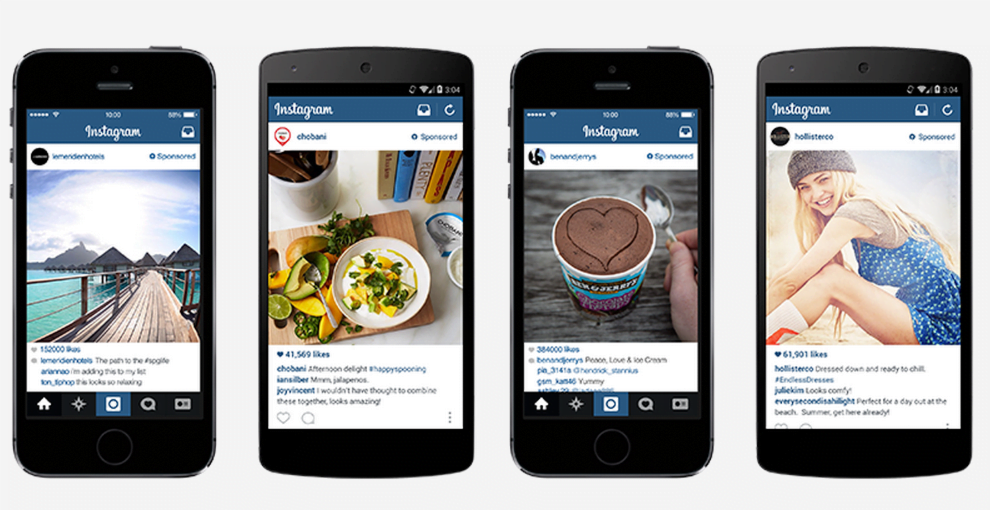
When Facebook acquired Instagram for $1 billion in cash and stock in 2012, it wasn’t just one of the largest tech acquisitions in recent memory at that time – it was a strategic acquisition that would allow Facebook to expand its already vast global media empire.
How Does Instagram Ads’ Pricing Model Work?
As part of Facebook, Instagram’s advertising pricing models function very similarly to those of Facebook Ads itself. This is great news for newcomers and experienced Facebook advertisers; if you’ve never advertised on either platform, it’s easy to get started, and if you’re already familiar with Facebook Ads, launching your first Instagram campaign will be very straightforward.
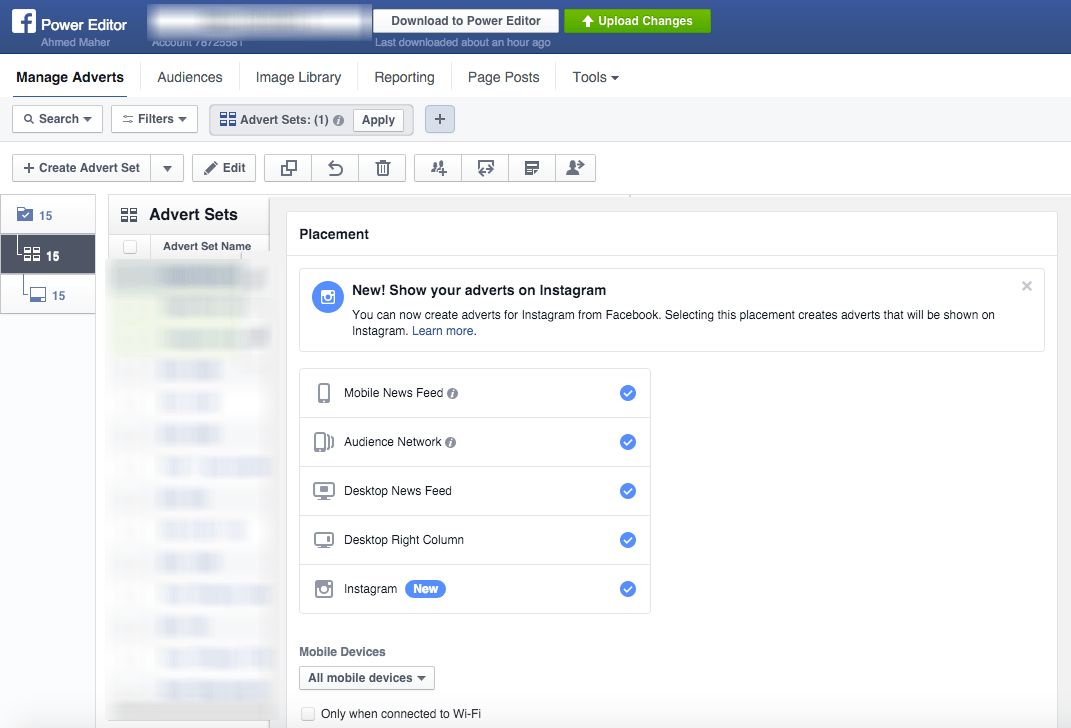
Instagram campaigns can be managed from the Facebook Ads Power Editor dashboard. Note that ad creative such as images can be reused seamlessly between the two platforms.
Given how Instagram works as a primarily visual platform, ads on Instagram are typically priced using the CPM model. Not so long ago, Instagram ads cost significantly less than Facebook Ads. As we explained in a recent blog post about the cost of Instagram ads, CPMs on Instagram used to be considerably lower than CPMs on Facebook – around half the price, according to consultant Keith Baumwald.
Today, however, the gap between the costs of advertising on Facebook vs. Instagram is narrowing, bringing costs across the two platforms much closer together. When Instagram first began allowing advertisers to launch campaigns across the platform, average CPMs were roughly between $5 and $6.50. Now, they’re inching closer to the $10 CPM mark – around the same price as Facebook.
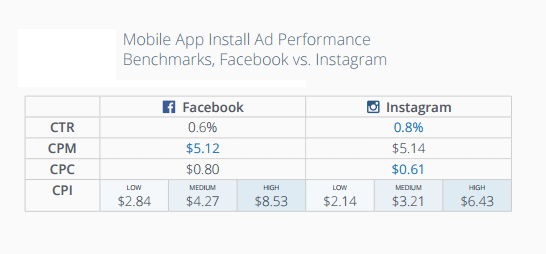
Benchmark data for Facebook and Instagram’s App Install ad format.
Instagram Ads Costs
It’s no secret that the cost of advertising on Instagram has risen as the platform has grown in popularity. However, if we’re going to look at Instagram advertising costs objectively, we have to frame these costs within the context of Instagram and Facebook’s remarkably granular and powerful targeting options.
Although advertisers may expect to pay more today than they would have even a couple of years ago, it’s crucial that advertisers consider how strong user engagement with ads can be on Instagram. Take a look at the figure below:
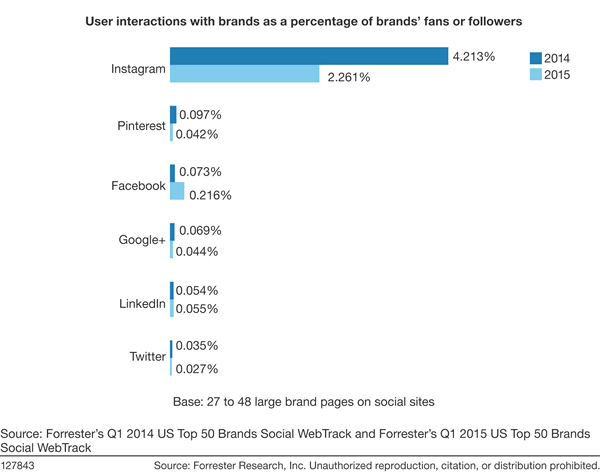
As you can see, brands are absolutely crushing it on Instagram. Boasting the highest engagement statistics of any social media platform by far (seriously, Twitter, LOL), this data shows how strong the potential return on an Instagram campaign could be, especially for engagement-driven campaign objectives.
When ads first came to Instagram, only a select few major brands were invited to advertise on the platform. This was not only to maintain an air of exclusivity, but also to test how primarily visual ads would perform on the platform. If the data above is any indication, it’s probably safe to say it went very well.
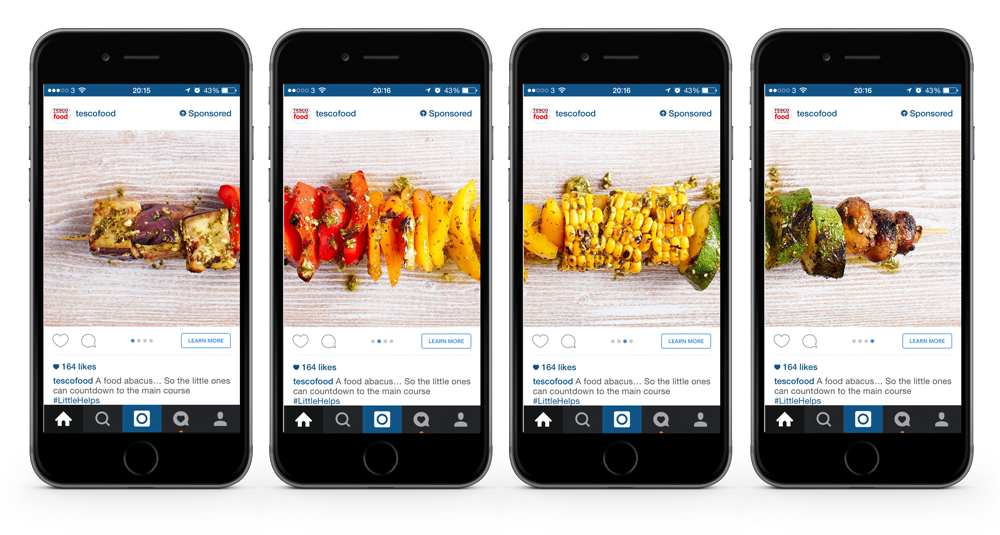
Instagram ads can perform very well, but user expectations in terms of ad creative can be much higher than those for PPC ads.
However, this does raise the stakes in terms of overhead – though not necessarily in terms of CPM or other metrics. As we established earlier, the introductorily lower CPMs advertisers could expect to pay are close to achieving parity with Facebook’s rates, but one problem for newcomers to paid social (on both Facebook and Instagram) is the necessity of creating high-quality ads to run. This means either you’ll have to create your ads yourself, or hire someone to create them for you.
Fortunately, creating high-quality content to use in your ads doesn’t have to cost an arm and a leg. Check out this round-up of 13 Instagram ads we loved for a little inspiration, then check out this comprehensive guide to creating kick-ass ads for Facebook – and Instagram!
How Can I Lower My Instagram Ads Costs?
Fortunately for frugal advertisers, controlling and managing your Instagram Ads budget is exactly the same as it is in Facebook Ads. It’s even controlled by the same campaign settings in the same section of the Power Editor dashboard.
Here are a few specific ways to lower your Instagram ads costs:
- Make your Instagram ads look as “native” and natural as possible
- Look into which demographics are generating the most expensive results, then omit those audiences from your targeting
- Create dedicated landing pages for each Instagram ad
- Retarget to people who have already visited your site
Instagram Ads: Cost vs. Performance
As we’ve established, the costs of Instagram Ads are likely to increase until they achieve parity with Facebook Ads costs. However, as we’ve also established, engagement with sponsored or branded content on Instagram is by far the strongest of any online advertising platform, period. With this in mind, rising costs – particularly CPA – may not necessarily mean reduced returns. As such, Instagram Ads offer very strong potential ROI, particularly for engagement-driven campaigns and for businesses whose target customers are heavy Instagram users.


